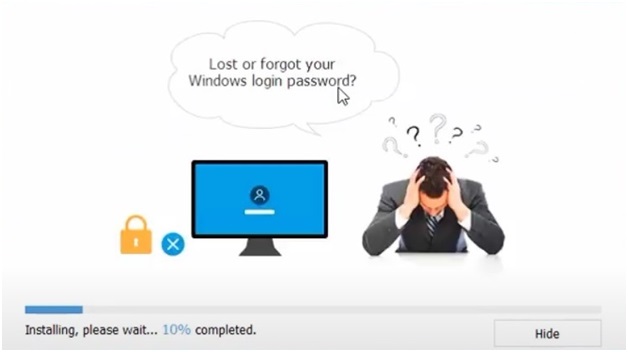Microsoft stops providing Windows 7 drivers via Windows Update
This move comes after the SHA-1 certificate for Windows 1 and Windows Server 2008 expired on May 9, 2021.
Although SHA-1 certificates are deprecated, partners using the Microsoft Trusted Root Certificate Program can still publish incompatible SHA-2 signed drivers for Windows 7 and Windows systems. Unpatched servers cause degraded functionality or prevent the device from booting.
The system encountered these problems due to code integrity errors triggered by incompatible SHA-2 signed drivers.
The change was made to minimize the impact of these issues and the disruption that customers using these versions of Windows are experiencing.
'On June 17, 2021, Microsoft will stop publishing drivers for Windows 7 SP1, Windows Server 2008 and Windows Server 2008 R2 via Windows Update,' said Naim Mohammad, Technical Program Manager at Microsoft.

However, signed drivers will still be available to enterprise customers under the Extended Security Update (ESU) Program to ensure optimal driver reliability.
"If your organization uses ESU, you'll be able to continue to deploy drivers to devices using Windows Server Update Services that you manage and other support methods," said Mohammad.
Submissions for Windows 7 and Windows Server drivers through the Windows Hardware Compatibility Program (WHCP) will remain available until January 2023.
Starting today, Microsoft partners are required to take the following steps to sign drivers for Windows 7, Windows Server 2008, and Windows Server 2008 R2 via the Partner Center for Windows Hardware:
- Remove the existing signature from the driver binary.
- Create a new catalog file using INF2CAT.
- Sign security catalog files with an IHV/OEM certificate registered with the Partner Center for Windows Hardware.
- Add the driver to your HCK file.
- Sign the HCK file with an IHV/OEM certificate registered with the Partner Center for Windows Hardware.
- Send the driver package to the Partner Center for Windows Hardware for signature.
- Download the signed driver package from the Partner Center for Windows Hardware.
"To test and certify hardware devices for Windows, we recommend using the Windows Hardware Certification Kit (Windows HCK) and following the procedure to sign updated drivers for Windows 7, Windows Server 2008, and Windows Server 2008 R2 when sending the driver package through the Partner Center for Windows Hardware," said Mohammad.
Microsoft removed all Windows downloads signed with SHA-1 certificates from the Microsoft Download Center on August 3, 2020.
You should read it
- Update Windows and FireFox right away to hack
- Fix old driver duplicate settings on Windows Update
- What types of SSL Certificates are there?
- How to root out old Windows 10 drivers?
- 5 basic ways to update, update drivers for computers
- Top 15 highest paid IT certificates (Part 2)
- How to download and update Bluetooth drivers for Windows 10
- Turn off driver update on Windows Update Windows 10
- Top highest paid IT certificates
- How to update drivers windows 10
- Automatically update drivers for Windows with Snappy Driver Installer
- How to Find and Update Drivers






 5 basic ways to update, update drivers for computers
5 basic ways to update, update drivers for computers Fix old driver duplicate settings on Windows Update
Fix old driver duplicate settings on Windows Update Turn off driver update on Windows Update Windows 10
Turn off driver update on Windows Update Windows 10 How to download and update Bluetooth drivers for Windows 10
How to download and update Bluetooth drivers for Windows 10 How to update drivers windows 10
How to update drivers windows 10 Microsoft still supports Edge Chromium after the death of Windows 7
Microsoft still supports Edge Chromium after the death of Windows 7